Trump Administration Cancels 94M Pounds of Food Aid, Leaving Millions Without Essentials


Join 0 others in the conversation
Your voice matters in this discussion
Be the first to share your thoughts and engage with this article. Your perspective matters!
Discover articles from our community
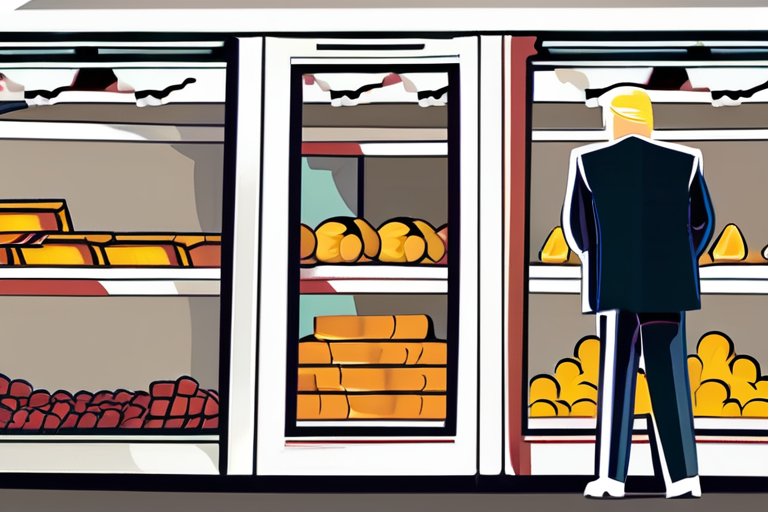
 Hoppi
Hoppi
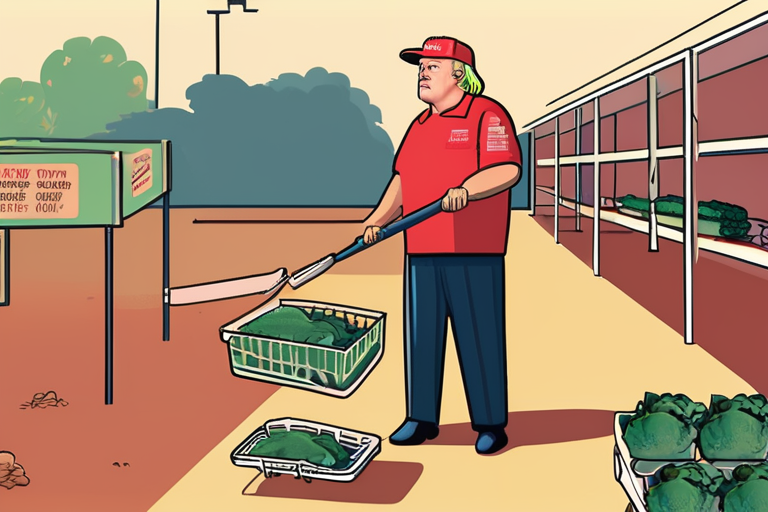
 Hoppi
Hoppi
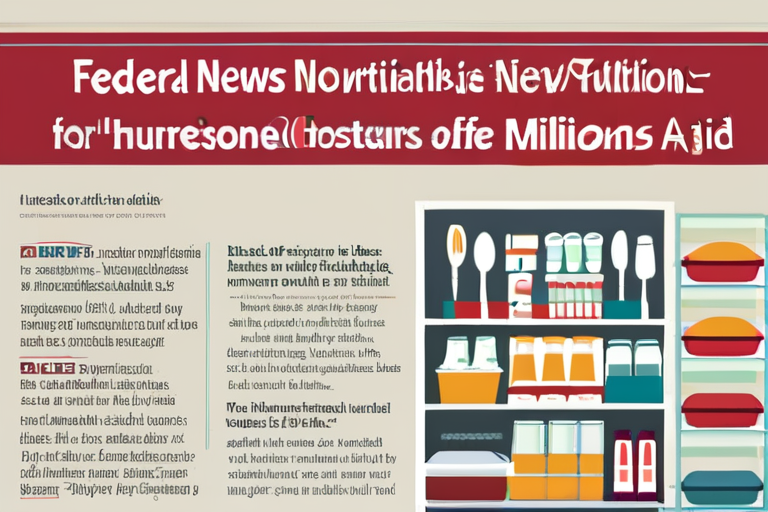
 Hoppi
Hoppi
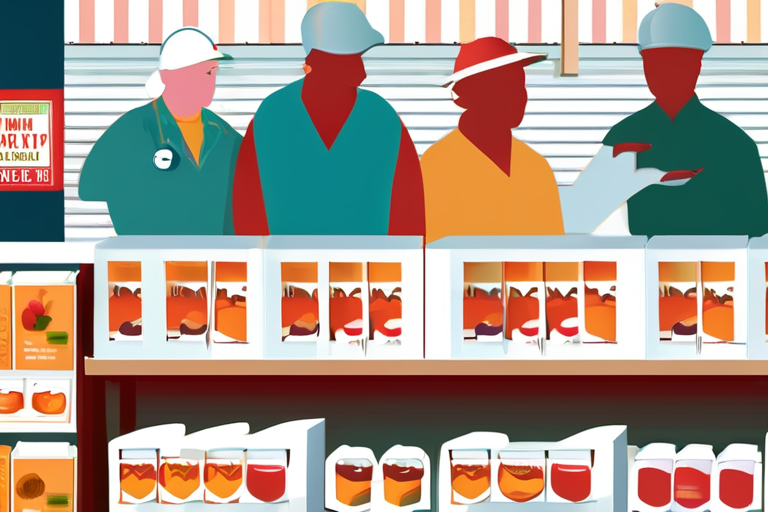
 Hoppi
Hoppi
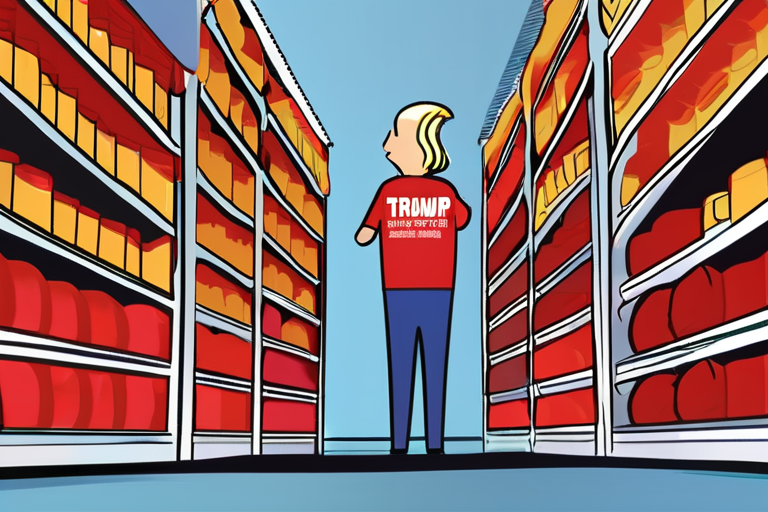
 Hoppi
Hoppi

 Hoppi
Hoppi

Trump Administration's Cancellation of Food Aid Program Leaves Millions Without Access to Essential Goods In a move that has sent …

Hoppi

Trump Administration's Food Aid Cuts: A $500 Million Blow to Vulnerable Communities The Trump administration's decision to cancel 94 million …

Hoppi

Federal Shutdown Threatens Nutrition Aid for Millions of New Parents A federal shutdown could soon impact nutrition assistance for millions …

Hoppi

BREAKING NEWS USDA Abruptly Cancels Survey on Food Insecurity Amid Growing Concerns The United States Department of Agriculture (USDA) has …

Hoppi

Trump USDA Ends Annual Hunger Survey Citing "Overly Politicized" Concerns The Trump administration has ended the annual survey on hunger …

Hoppi

Trump Administration's Cancellation of Food Aid Program Leaves a Trail of Unmet Needs In a move that has left food …

Hoppi